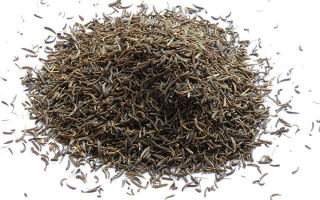Content
- 1 What does cumin look like and what taste?
- 2 What does cumin look like and where it grows
- 3 Cumin chemical composition and nutritional value
- 4 Why is cumin useful for the body?
- 5 The use of cumin seasoning for medicinal purposes
- 6 The use of cumin in cooking and what dishes are suitable
- 7 Contraindications to the use of the spice cumin
- 8 How to choose and store a spice
- 9 Conclusion
- 10 Reviews about cumin
Spicy herbs have been used since ancient times. They have found application in cooking and traditional medicine. To add new taste and aroma, cumin is often added to dishes. The seasoning is popular in Asia. The beneficial properties of cumin and contraindications should be considered when including spices in the diet. The spice has several names.
What does cumin look like and what taste?
The spice is often confused with cumin due to its similar characteristics. Plants belong to the same family (Umbrella). Zira and cumin differ in taste and smell.
The spice is called:
- azhgon;
- black cumin;
- kammun.
The seeds, which are used as a condiment and remedy for traditional therapy, are brown. Their length is up to 5 mm. A feature is the presence of longitudinal ribs. The seeds are narrow, shaped like a curved crescent.
Cumin has a more bitter taste and pungent aroma when compared to cumin. Roasting the seeds does not take long.
What does cumin look like and where it grows
The herb is a perennial. The flowers can be either white or red. The height of the cumin does not exceed 1.5 m. It has alternate leaves.
The plant can be found in the mountains of Central Asia. In India, it is grown near houses. The grass is also cultivated in the territory:
- Latin America;
- Africa;
- The Mediterranean;
- Islands of the Maltese Archipelago.
The plant prefers soil with high salt levels. It is grown in semi-arid and arid regions. The optimum temperature ranges from 16 to 24 ° C.
Grass needs sufficient sun for normal growth. Wet soil is essential. Seed ripening is noted several months after planting.
Cumin chemical composition and nutritional value
The seeds are used as a spice in cooking. It is one of the most common spices in India. Its energy value is 375 kcal (per 100 g). Cumin contains the following nutrients:
- proteins (18 g);
- fats (22 g);
- carbohydrates (44 g);
- vitamins: retinol, riboflavin, niacin, pyridoxine, folacin, ascorbic acid, tocopherol;
- minerals: magnesium, calcium, sodium, phosphorus, potassium, iron, zinc.
Essential oils are also referred to as essential nutrients.
Why is cumin useful for the body?
The spice has a beneficial effect on the body. The medicinal properties of cumin include:
- strengthening of memory;
- increased libido;
- improvement of vision;
- normalization of appetite;
- stabilization of the digestive system;
- removal of toxins and toxins.
The use of cumin seasoning for medicinal purposes
It is advisable to use azhgon not only for culinary, but also for medical purposes. The following indications for the use of the spice in traditional medicine are called:
- increased body tone;
- elimination of disorders associated with the functioning of the digestive tract;
- kidney disease;
- increased production of breast milk;
- elimination of toxins and toxins from the body;
- improving memory;
- elimination of insomnia;
- suppression of nausea;
- cleansing the upper respiratory tract;
- getting rid of skin rashes;
- ARVI.
Slimming
The use of azhgon contributes to the normalization of metabolic processes. This allows you to get rid of extra pounds. The addition of cumin to various dishes provides a feeling of fullness and improves bowel function.
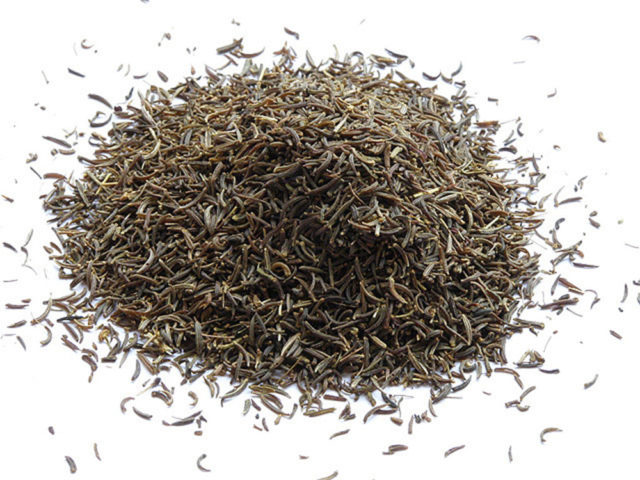
For the prevention and treatment of diseases of the digestive tract
The plant is known in Ayurvedic medicine. The herb is used to normalize the functioning of the digestive tract, which is due to the poor quality of drinking water. Chew a spoonful of seeds for several minutes. It can also help eliminate bad breath.
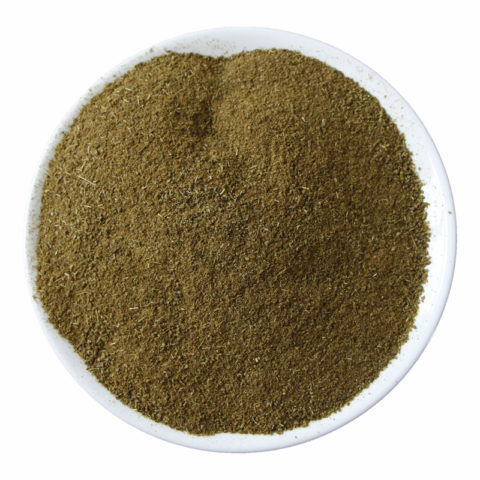
For skin diseases
Essential oil and crushed seeds have antimicrobial activity. They are used as an effective external remedy for the treatment of inflammatory pathologies of the throat and skin.
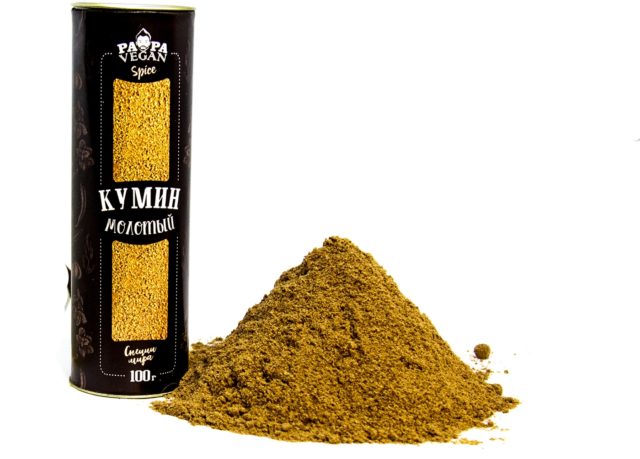
The use of cumin in cooking and what dishes are suitable
Usually the spice is used in northern India as a substitute for cumin. Often, cumin is not fried, but is immediately added to the finished dish.
Plant seeds are suitable for food use. They are obtained directly from the fruit. The seeds are fried and ground.
The use of black cumin is noted as a seasoning for dishes. The spice is used mainly in oriental cuisine. It is added to the following dishes:
- pilaf;
- vegetable and meat dishes;
- beverages;
- fruit salads;
- Dessert;
- jam;
- sauces;
- marinades.
Indian milk tea, known as masala, also contains cumin. Ground spice is added to the seasoning mixture.
In combination with cinnamon and fennel, ajgon gives jams and sweets an interesting taste. In the East, fermented milk products include cumin.
Vegetable salads add not only seeds, but also plant leaves. Spice is also used in the production of sausages.
What can replace cumin in a recipe
Azhgon is combined with the following spices:
- basil;
- turmeric;
- black pepper;
- mint;
- oregano;
- cardamom.
Roasted seeds are mixed with dill, caraway seeds, fennel and coriander.
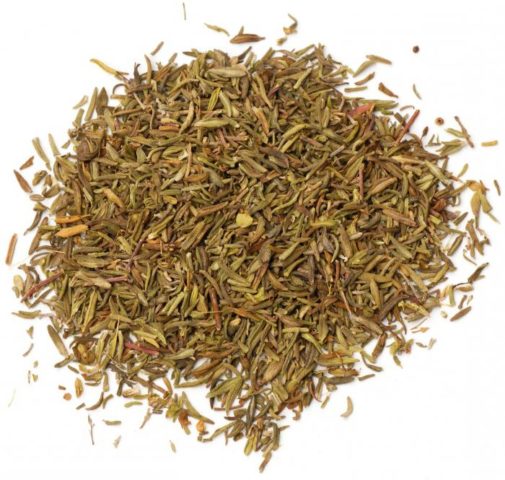
Contraindications to the use of the spice cumin
Using seasoning can be harmful. The negative impact is manifested in the occurrence of the following pathological conditions:
- irritation of the stomach lining;
- heartburn;
- allergic reactions.
Often, signs of malaise occur against the background of the use of azhgon in the presence of contraindications. Spice is not used in the following cases:
- individual intolerance;
- erosive gastritis;
- exacerbation of stomach ulcer;
- diseases of the gastrointestinal tract in acute form.
How to choose and store a spice
It is recommended to purchase seeds from specialized stores. It is optimal to buy a spice by weight to be sure of its quality. Good cumin does not include any foreign matter. Before buying, you need to crush the seeds between your fingers. The fresh spice gives the aroma immediately.
When buying ground spices, you need to check the tightness of the package. The spice is not intended for long-term storage.Otherwise, the loss of useful properties is possible. The seasoning is stored in a glass jar in a cool and dark place.
Conclusion
The beneficial properties of cumin and contraindications must be considered before eating it. The spice is used for culinary and medicinal purposes. The spice is used in the form of seeds and oils due to its antiseptic, anti-inflammatory, anthelmintic properties. Products based on kammun are suitable for the treatment of skin and mucous membranes.
Reviews about cumin
The seasoning is widely used in India and other Asian countries. Cumin's popularity is driven by its health benefits. Reviews contain information on the use of spices.

